(This is the third of ten articles about the Kent Heitholt murder in 2001. Much of the information reviewed for this article was obtained from transcripts of the 2005 Ryan Ferguson trial posted on the Justice for Ryan Ferguson website. There has been talk of a bloody palm print that might identify the killer. However nothing has been found in the released trial or appeal records about a bloody palm print, or more importantly, a bloody palm print with sufficient ridge detail to be useful. If reliable information of such evidence is found or provided, it will be incorporated.)
At the beginning of the 2005 Ryan Ferguson trial, the Prosecution acknowledged they had not found any fingerprint, DNA, or other identifier evidence linking Charles Erickson or Ryan Ferguson to the murder of Kent Heitholt.
However, a review of the trial transcript indicates that the State had not developed any killer-specific identifying evidence up to the time of the trial. So if fingerprints or DNA from a person of interest does not match with any of the gathered or developed evidence, this does not prove that person had nothing to do with the crime.
During the 2005 Ryan Ferguson trial, police and evidence experts testified about the efforts to find and develop killer identifying evidence from the crime scene. A recap of their efforts follows;
Fingerprint Evidence
Columbia Detective Jeff Nichols led the effort to document the crime scene evidence including testing the vehicle and other crime scene items for fingerprints. Detective Nichols testified at the trial about the fingerprint investigation of the crime scene The outside and inside of the Heitholt Maxima were examined for fingerprints. Also examined were the items found in the driver’s seat, the cat box located in the front passenger seat, and items stored in the console. Additionally all the loose items on the ground were examined for fingerprints including the magazines, loose papers, cell phone, and belt buckle. The collected fingerprints were turned over to the Missouri State Laboratory for examination.
The Missouri State’s fingerprint expert, Dawn Kliethermes, testified at the 2005 Ryan Ferguson trial about the examination of the collected fingerprints. (See trial transcript pages 1343 to 1355.) In her preliminary comments, she indicated that not all fingerprints found at a crime scene were usable for identifying who made them. Only those with sufficient ridge detail are deemed usable. The term “usable” signified a fingerprint that could be used for identifying purposes.
For comparison with the fingerprints obtained at the crime scene, the police obtained the fingerprints of suspects Charles Erickson and Ryan Ferguson. They also obtained the fingerprints of Kent Heitholt and his daughter Kali.
Several found usable fingerprints were found to have been made by the victim, Kent Heitholt. Also some fingerprints inside the vehicle were found to have been made by his daughter, Kali Heitholt. No fingerprints were found to have been made by either Erickson or Ferguson.
A total of eight usable but unidentified fingerprints were found after checking against the above comparison fingerprints. These fingerprints were also checked against a national fingerprint data base with no matches. The eight usable but unidentified fingerprints presented at the Ryan Ferguson trial were:
- One usable but unknown print on inside of passenger side rear door window
- One usable but unknown print on inside of passenger side front door window
- Three usable but unknown prints on inside of driver side rear door window
- One usable but unknown print on rear view mirror
- One usable but unknown print on miscellaneous papers in driver’s seat
- One usable but unknown print on business card in center console
All eight usable but unknown fingerprints were found either on items inside or on the interior of the Heitholt Nissan Maxima. There was no testimony that any of the usable but unknown fingerprints were made in blood. None of the usable but unknown fingerprints were found in locations that could be construed as beyond a reasonable doubt of being left only by the killer or killers.
The only usable fingerprints found outside the vehicle were made by the victim Kent Heitholt. A couple of palm prints near or about the gas cap did not have enough ridge detail to be usable.
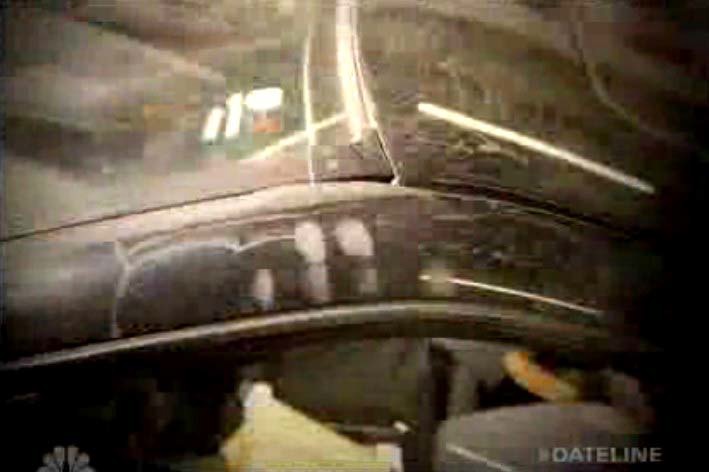
DNA Evidence
The State’s DNA expert, Cary Maloney, testified at the 2005 Ryan Ferguson trial about the DNA tests done on the crime scene evidence. (See trial transcript pages 1380 to 1395) The tests were performed and compared against the DNA profile of the victim Kent Heitholt, and the suspects Charles Erickson, and Ryan Ferguson.
Scrappings from the victim Heitholt’s fingernails were analyzed for their DNA profile. They came back as consistent with being from Heitholt and no one else.
Several blood source DNA tests were performed. One was on a blood drop on the belt buckle. One or more was on the clothing of Kent Heitholt. All the blood DNA tests were consistent with being from Kent Heitholt.
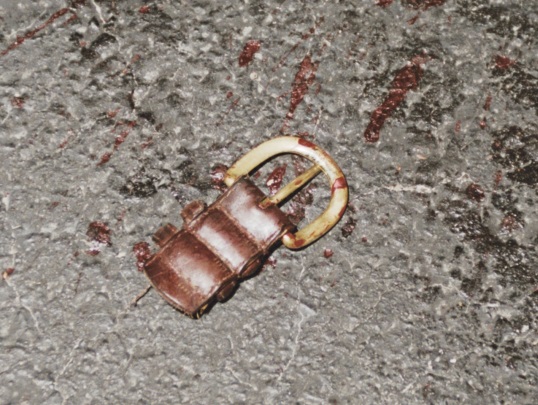
victim. CBS News police photo.
A DNA test was also performed on a tan cigarette butt found on the driver side of the Heitholt car. The DNA profile from this cigarette butt did not match any of the DNA profiles on hand nor did it match any on available data bases.
Shortly before the body of the victim was removed by the funeral home, the hands were bagged by Detective Nichols to preserve evidence that might be on them. The bagging was done at 5:18 AM which was nearly three hours after the body had been discovered. A single strand of hair was later recovered from the bagged hand of the victim. This hair strand was analyzed for characteristics and then sent for mitochondria DNA analysis. The hair analysis and mitochondria DNA results did not match either Erickson or Ferguson or the victim.
After the discovery of his body, several persons had either stood over or come into contact with the victim during relocation and resuscitation attempts as well as during preliminary investigation efforts. These include two sports writers, possibly Janitor Jerry Trump, medics, and police officers. As no complete list and DNA data was obtained from these persons, it can’t be definitively stated that the hair strand had been left by the killer and or the two strangers observed at the scene.
Overall, none of the DNA tests yielding unknown persons could be construed as probably or beyond a reasonable doubt of being left by the killer or killers.
Other Hair Evidence
A large number of hairs were secured from Kent Heitholt’s clothing. No testing was done to those hairs. It is possible that one or more of these untested hairs were left by the killer or killers during the commission of the crime.
Shoe Print Evidence
Five bloody shoe print images were located and tagged by the police investigators. Three were located on the yellow painted parking lane stripes. These shoe prints corresponded to two differing shoe tread patterns. One of the patterns was later deemed to correspond to a Sketchers model sports shoe.
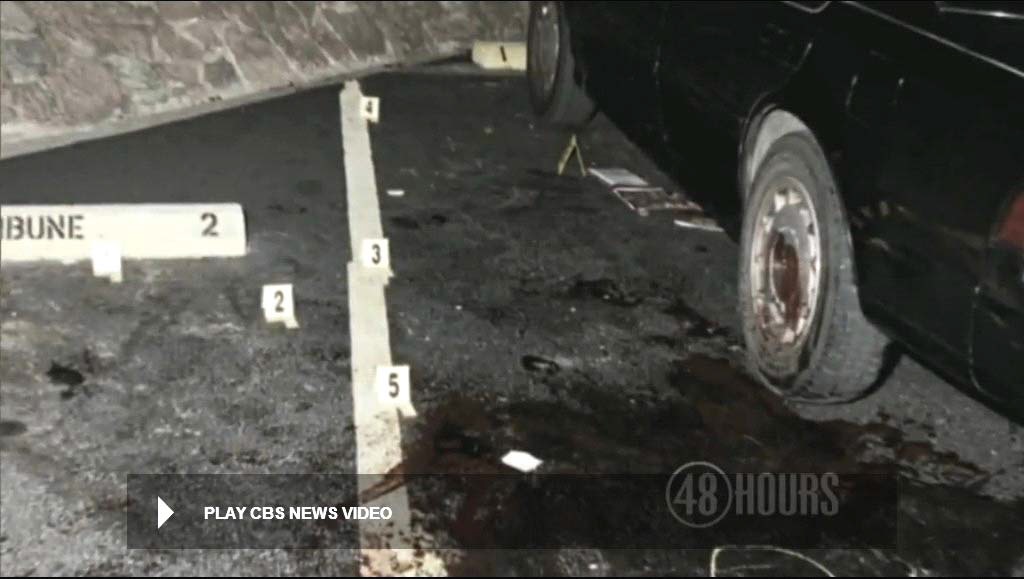
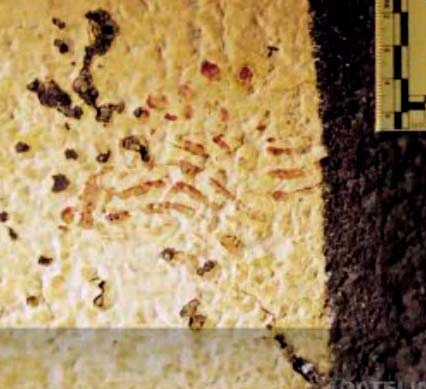
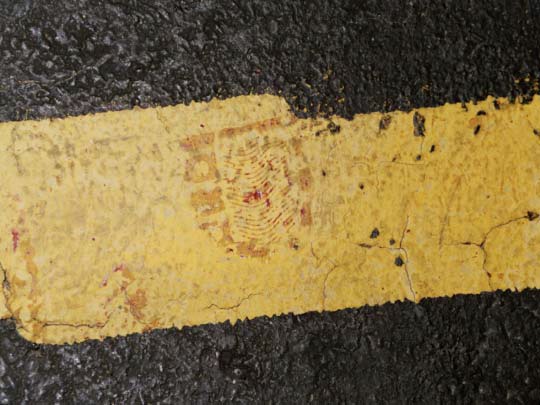
The killer may not have stepped in any blood pool during the course of the attack and murder of the victim. Any blood on the killer’s shoe soles may not have been sufficient to produce shoe tread prints. The foot prints found may have been left by any of several persons who came to the scene after the attack. It is only a possibility that one or more of the bloody footprints was left by the killer or killers.
In summation, while the State has developed some shoe print, fingerprint, and DNA evidence from the crime scene that remains unidentified, none of this evidence is killer-specific. It’s possible that a future person of interest with no known connection to Kent Heitholt or his vehicle might be found to have left some of this already developed evidence and that might provide strong incriminating evidence.
However, no identifying evidence of any type had been developed that could be construed as having only been left by the killer or killers of Kent Heitholt. Thus no killer-specific identifying evidence has been developed that could be used to positively identify the killer or eliminate a prime suspect or persons of interest as the killer of Kent Heitholt
Part 3 of the series will be posted tomorrow 2/20/14
 Wrongful Conviction News an Injustice anywhere website
Wrongful Conviction News an Injustice anywhere website
